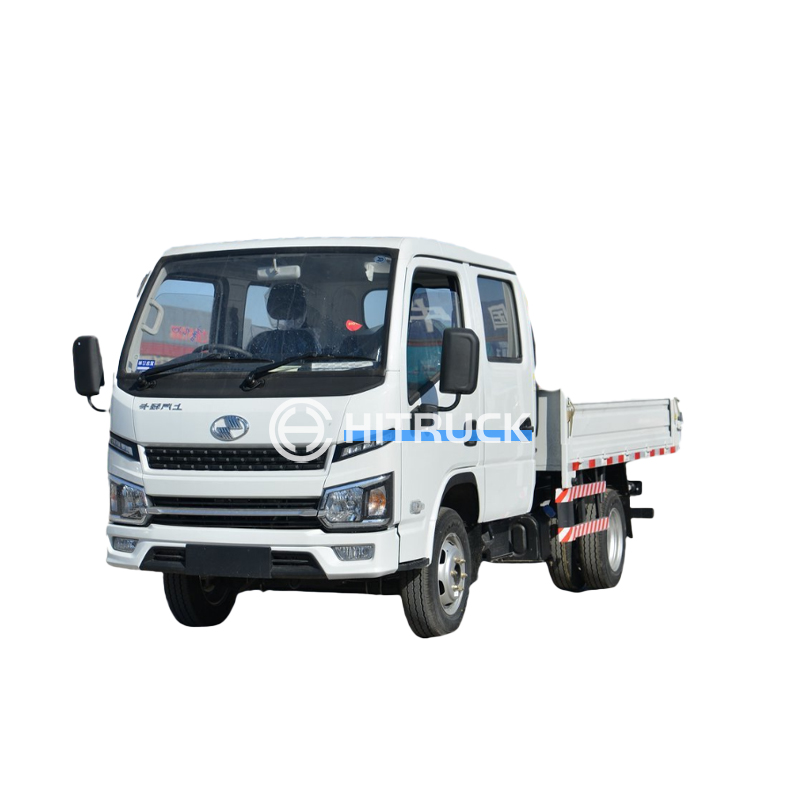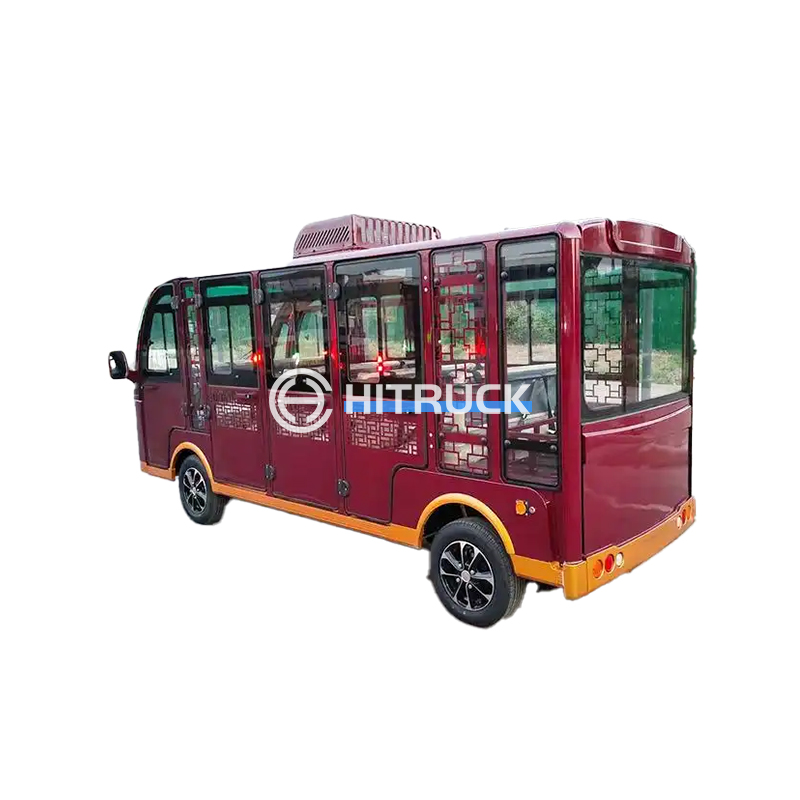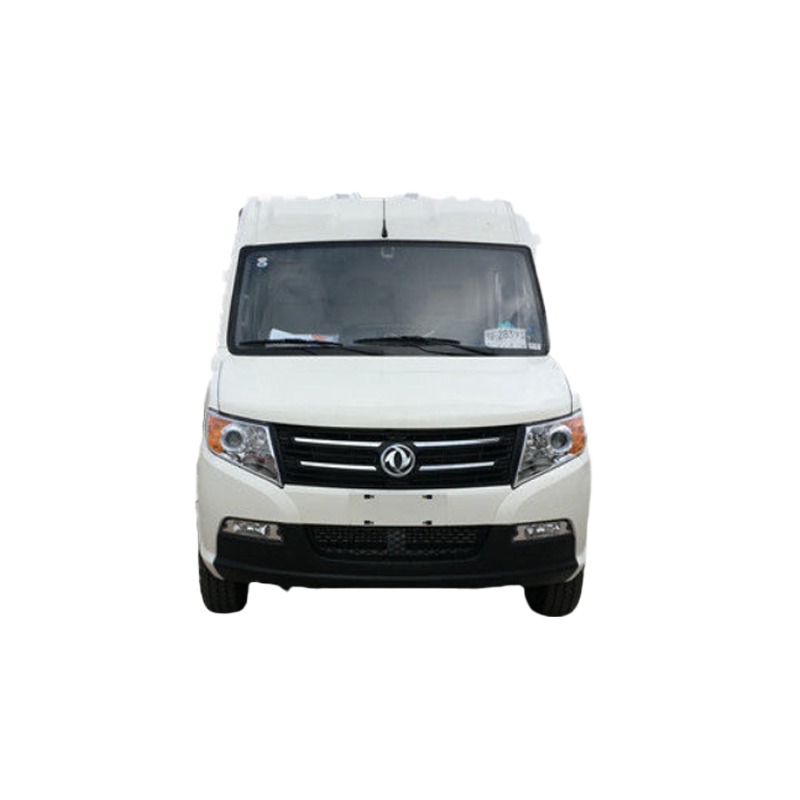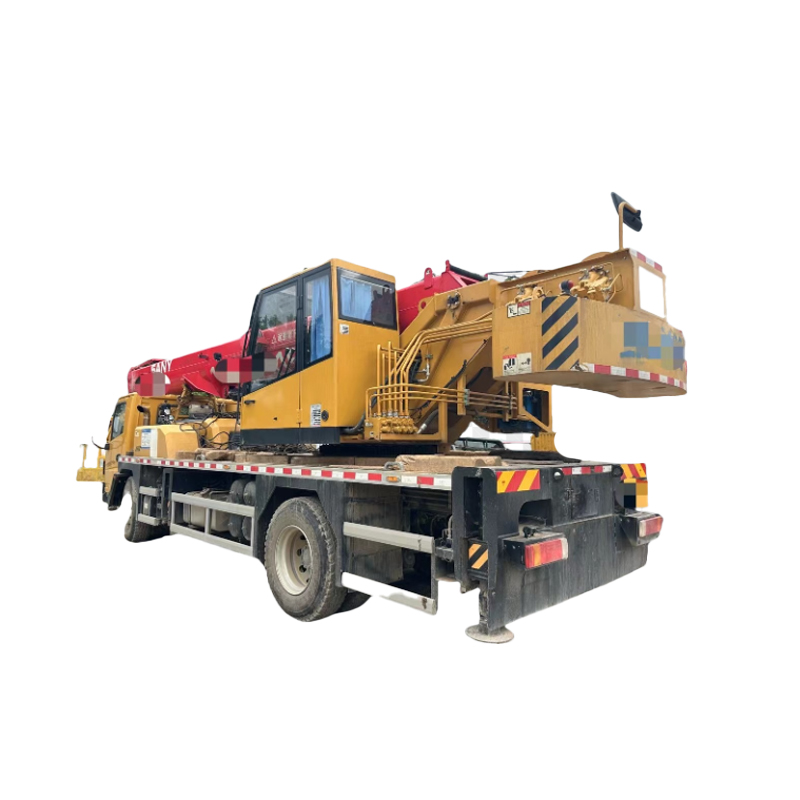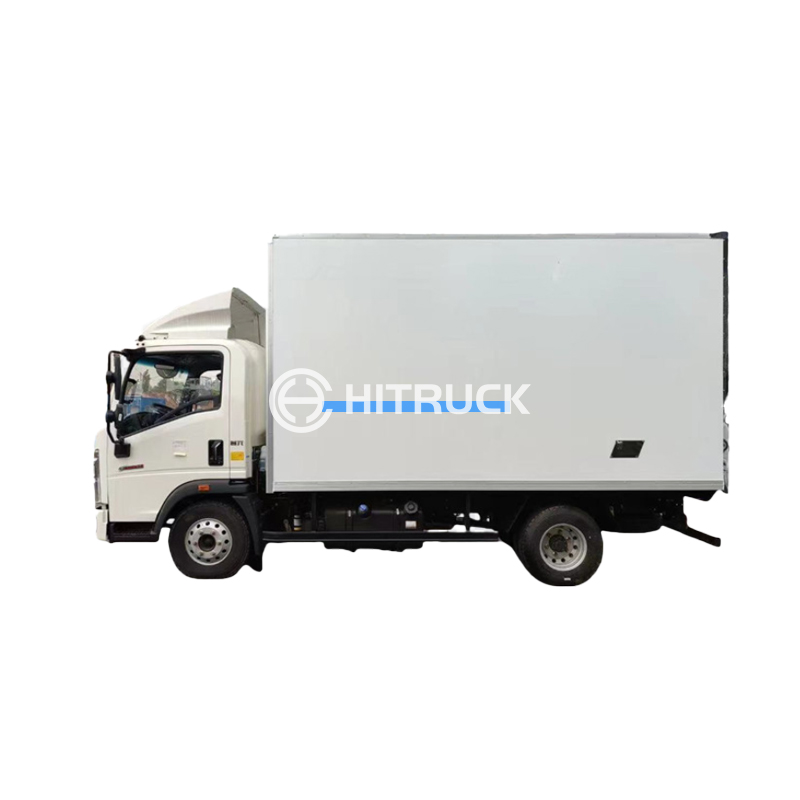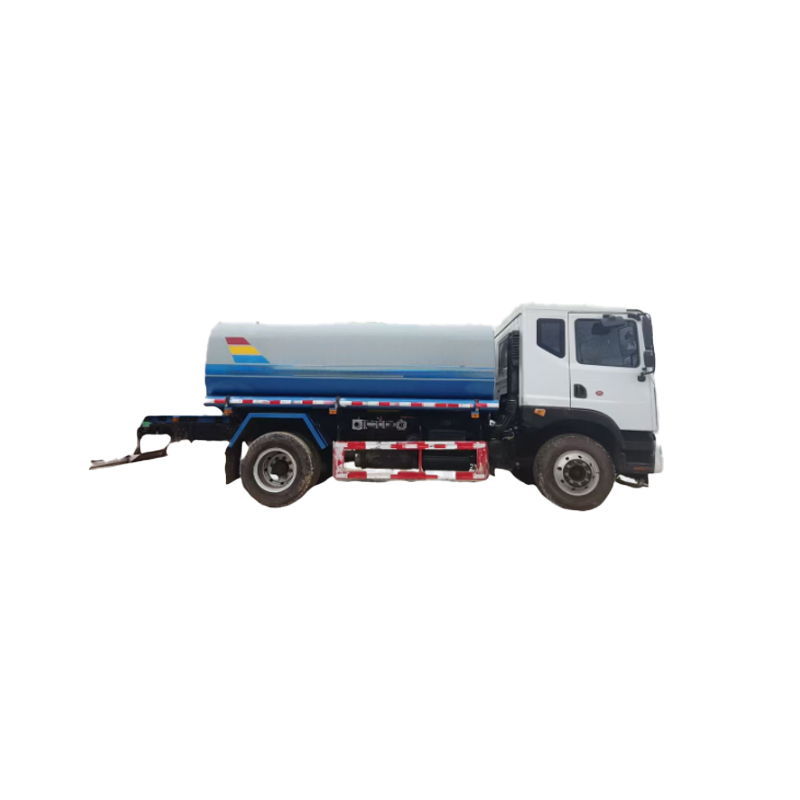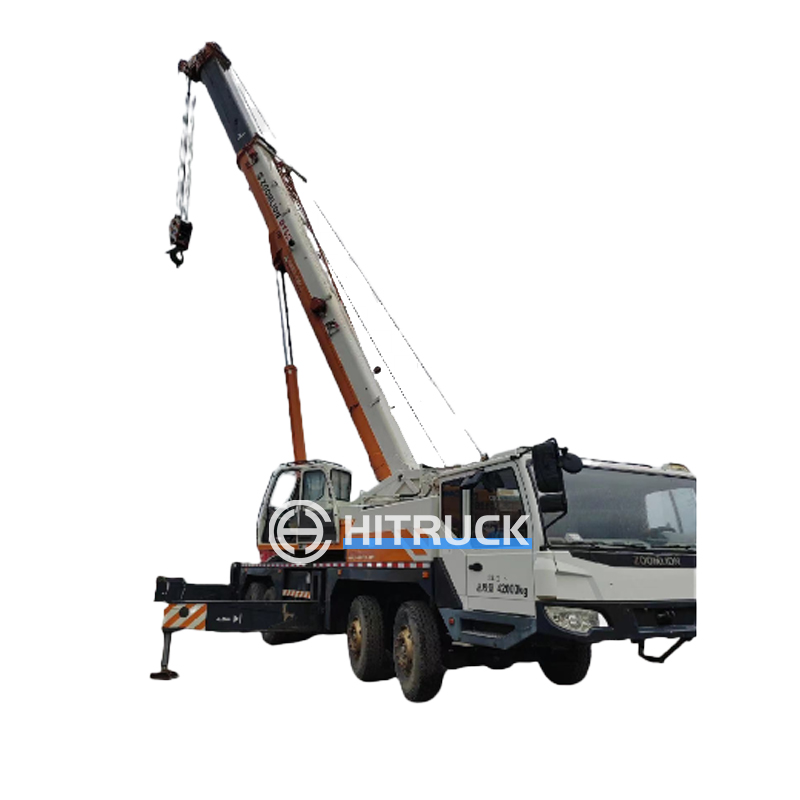Brush Fire Trucks: A Comprehensive GuideBrush fire trucks are specialized vehicles designed for tackling wildfires in challenging terrains. This guide explores their features, benefits, and considerations for purchase or operation. It covers everything from the essential equipment to the safety precautions needed when using these vital pieces of firefighting apparatus.
Wildfires pose a significant threat to communities worldwide. Effective firefighting requires specialized equipment, and brush fire trucks play a crucial role in suppressing these dangerous blazes. These vehicles are engineered for maneuverability in rugged, often inaccessible terrain, providing critical access to wildfires where larger trucks may struggle. This guide delves into the essential aspects of brush fire trucks, helping you understand their capabilities, the equipment they carry, and the factors to consider when choosing one for your fire department or organization.
Brush fire trucks differ significantly from standard fire engines. Their key features focus on agility and effectiveness in wildland firefighting scenarios. Their smaller size and increased maneuverability allow them to navigate narrow trails and steep slopes often encountered during wildland fire suppression. They are typically equipped with:
While the engine size varies depending on the model and manufacturer, brush fire trucks are generally designed for efficiency and durability in demanding conditions. The water tank capacity is usually smaller than larger fire engines, prioritizing maneuverability over sheer water volume. However, many models are designed for quick refilling, and efficient water usage is paramount.
High-pressure pumps are essential for effective water delivery. Brush fire trucks utilize specialized pump systems capable of delivering water to significant distances, often supplemented by various hose reels and nozzles designed to maximize water dispersal in challenging terrain. The type and capacity of the pump are essential factors determining the truck's effectiveness.
Beyond the basic firefighting components, brush fire trucks typically incorporate specialized tools crucial for wildland firefighting. These may include:
Selecting the appropriate brush fire truck requires careful consideration of several factors:
The specific terrain where the truck will operate significantly impacts the choice of vehicle. Steep inclines, rough terrain, and narrow trails will demand enhanced maneuverability and ground clearance.
The frequency of refills and the size of typical wildfires in your area determine the required water capacity. The pump’s capacity impacts how effectively water is deployed.
Purchasing a brush fire truck represents a substantial investment. Consider not only the initial purchase price but also ongoing maintenance costs, including fuel, repairs, and parts replacement.
Wildland firefighting is inherently dangerous. Safety protocols are critical when operating brush fire trucks. Proper training and adherence to safety guidelines are paramount to mitigate risks and ensure the safety of the crew and the surrounding environment.
Several manufacturers specialize in producing brush fire trucks. Researching various models and manufacturers is important to find the best fit for your needs and budget. For reliable and high-quality fire trucks, consider exploring options from reputable suppliers. One such resource is Suizhou Haicang Automobile sales Co., LTD, offering a range of firefighting equipment tailored to diverse requirements.
| Feature | Importance |
|---|---|
| Maneuverability | Essential for navigating difficult terrain. |
| Water Capacity | Determines how long the truck can operate before refilling. |
| Pump Capacity | Impacts the effectiveness of water delivery. |
Remember, the selection and operation of brush fire trucks are critical elements of effective wildfire suppression. Prioritizing safety and selecting the right equipment can greatly improve firefighting efficacy and minimize risk.

